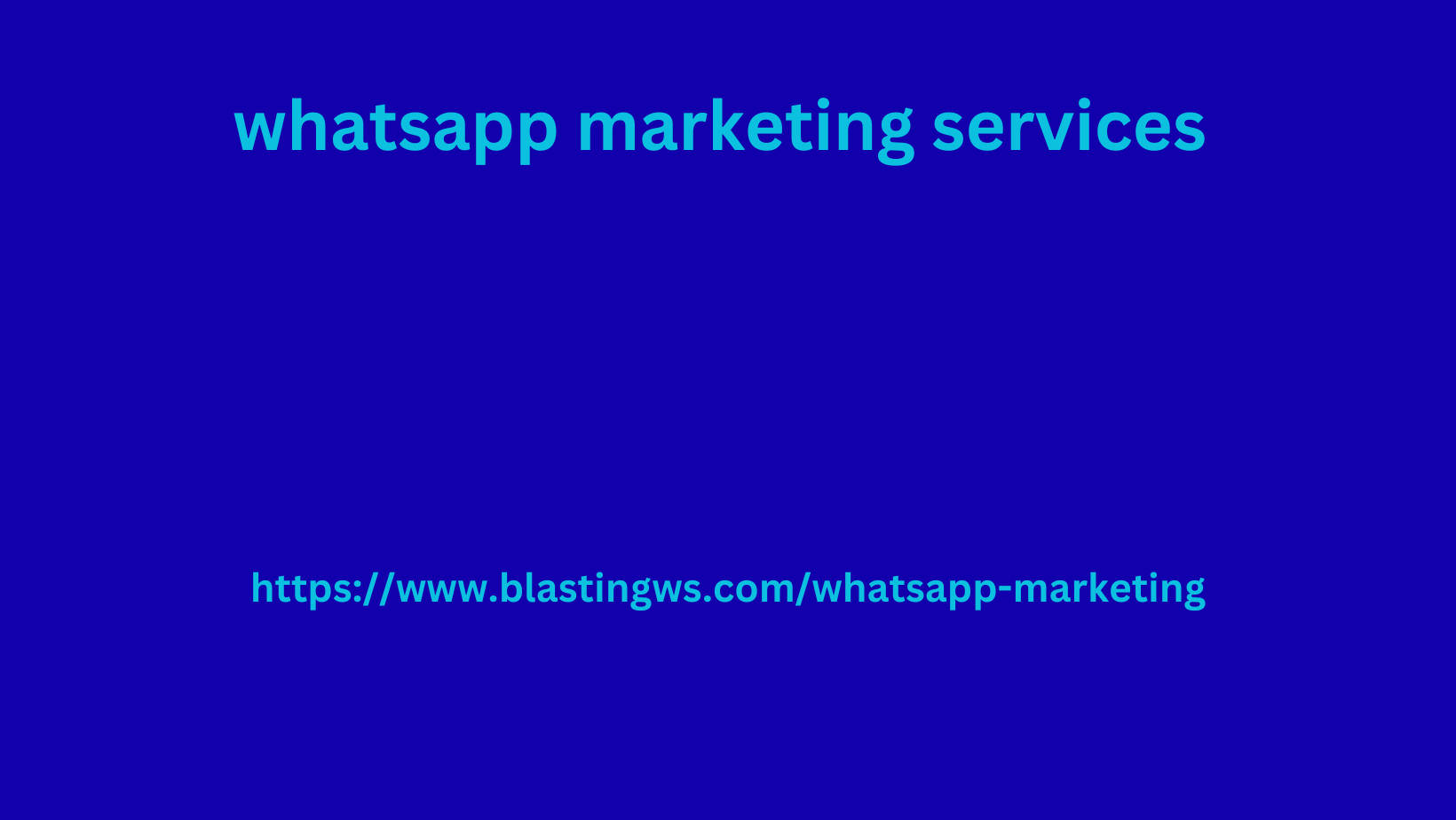It has been 4 years since what we can consider an unprecedented challenge for physical store owners around the world, forced to reinvent themselves to survive in a context of forced closures and restrictions. During that time, many introduced digital to continue their business, adopting innovative strategies to maintain contact with their customers. Today, when we now see digital consolidating in almost every product sector and sometimes taking over from purchases in physical stores, the goal is twofold: to strengthen the acquired online presence and encourage consumers to return to physical stores, exploiting the potential of drive to store . This article explores the latest trends and strategies to harmonize the digital and physical presence of retailers, maximizing the benefits of both channels.
Online or in-store shopping: a synergic coexistence
Bringing the sale albania bulk whatsapp sender of their products online made entrepreneurs more aware: they could finally reach a huge audience, which with just the physical store they would never have involved, and the audience that previously went physically to the store could continue to purchase the products comfortably from home.
Despite the exponential growth of e-commerce, however, in-store purchases continue to play a crucial role in the retail landscape. The key to success lies in offering an integrated shopping experience that combines the best of both worlds. Drive to store, or the ability to transform online interest into physical purchases, thus becomes a strategic pillar for retailers.
Drive to Store: Strategies and Useful Tips for 2024
In this article we want to lead you to consider the concept of drive to store in a broad way, evaluating not only “pure” operational strategies to start integrating it into your digital project, but also allowing you to consider the metrics that should be carefully evaluated or even digital marketing activities that enhance this type of strategy.
1. Drive to store strategy based on omnichannel and personalization
The integration between what is copyright? online and offline channels should be seamless . Offering a personalized experience based on the customer’s preferences and purchasing behavior , in fact, could be a great strategy. Using metrics and insights to personalize offers and communications can significantly increase the likelihood of converting online interest into in-store visits .
But let’s get down to business and bring a hypothetical case study.
Objective: Increase in-store traffic for the apparel store through a personalized omnichannel strategy, while improving the online and offline shopping experience.
Phase 1 – Data collection and audience segmentation
A good idea could aleart news be to use the data collected from the website, mobile app and physical stores to create audience segments based on style preferences, purchase history and browsing behavior . Or, to identify the most loyal customers and those who have shown interest in specific product categories but have not completed the purchase.
Phase 2 – Personalizing your online experience
By now we know it well: the customer wants to feel at the center of attention, pampered and understood. Sending personalized emails based on the various audience segments, with exclusive invitations to in-store events for the launch of new collections or private shopping sessions with fashion consultants, can bring the user to a new level of perception of their exclusivity.
Even the activation of local campaigns with specific in-store objectives can create a personalized and traceable shopping experience : think of coupons that can only be used in-store.
Phase 3 – Mobile App Integration
A mobile app can be a really significant turning point for a brand that has achieved a certain level of awareness and traffic. Developing features in the mobile app that allow customers to feel closer to the brand and encouraged to visit the physical store is essential. For example:
- receive notifications when a product is available in the nearest store .
- Implement location-based push notifications to inform customers about exclusive offers or in-store events as soon as they are near a store.
Phase 4 – Personalized in-store experience
Personalized in-store experiences can really make a difference. An example is the installation of interactive totems – better known as digital signage – in stores that allow customers to browse the entire online catalog, check the availability of products in store and request assistance to try them.
Phase 5: Feedback and continuous improvement
After the store visit, sending a satisfaction survey via email or mobile app, incentivizing feedback with discounts on future online or in-store purchases can be a great way to close the customer’s purchase flow.
2. Exclusive events and in-store experiences
Hosting exclusive events or offering unique in-store experiences can attract customers from digital to physical. These initiatives, effectively promoted online, can create an emotional connection with the brand and encourage physical visits.
Goal: Increase in-store traffic for an independent bookstore by creating exclusive events that attract both returning customers and new visitors.



